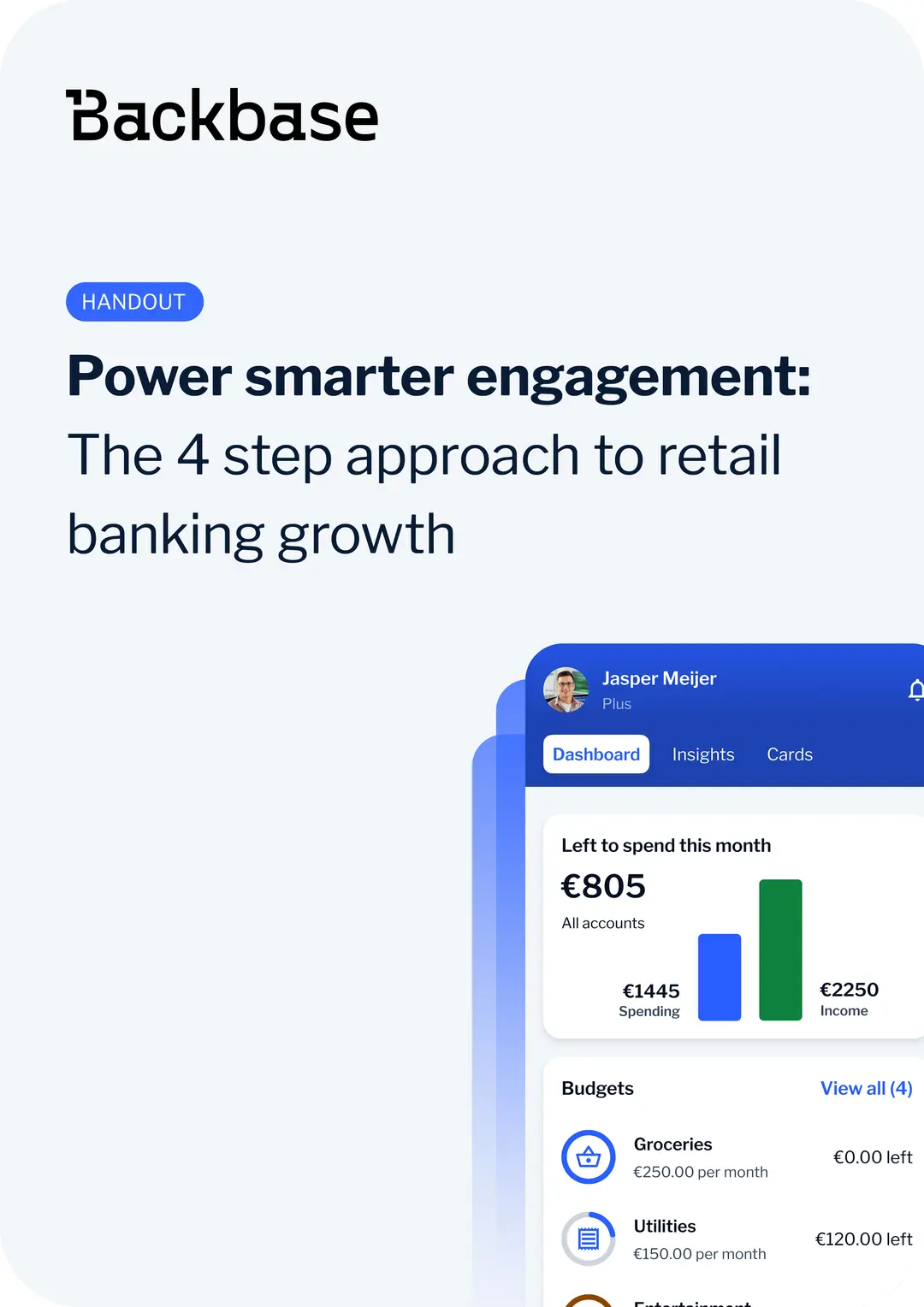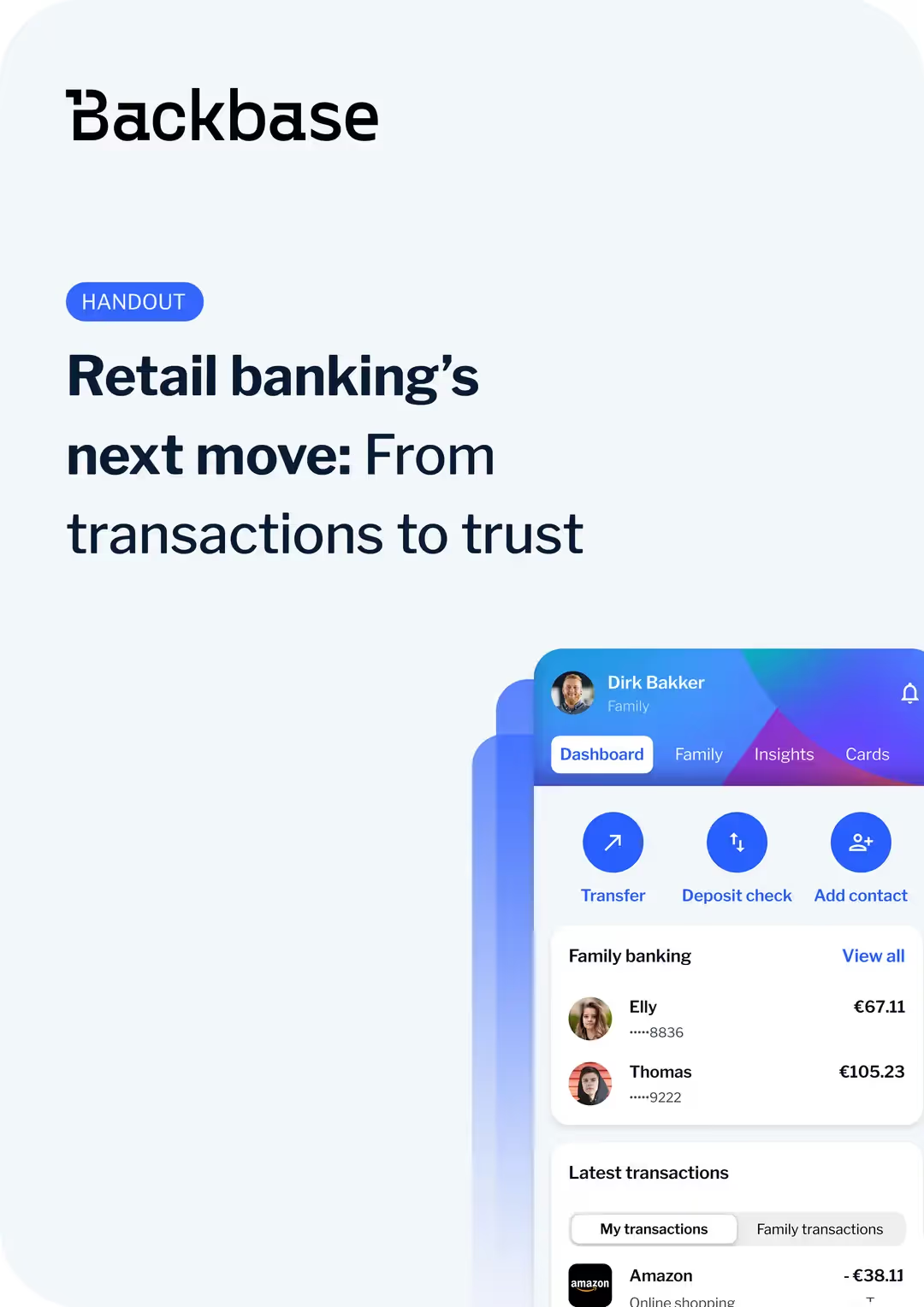Introduction
As customer expectations rise and digital becomes the default, banks have a chance to position service as a powerful differentiator.
This shift is timely and necessary. Capgemini’s 2025 report finds that only 24% of customers were satisfied with the most recent interaction with their bank’s contact center, while data from Accenture reveals that 44% of young customers couldn’t even access human support from their bank when they needed it.
The gaps, while troublesome, present an enormous opportunity: banks that modernize their service model — integrating digital speed with human empathy — can transform these challenges into a distinct competitive advantage.

Why customer service needs an upgrade
Digital convenience in retail banking has often come at the cost of the human touch, leading to fragmented and reactive servicing channels. This issue stems from digital channels often being "functionally correct but emotionally devoid" — as Accenture puts it in their Global Banking Report — failing to foster personal connections beyond transactional relationships.
Onboarding as the first impression — and often a missed opportunity
Service gaps start early in the customer journey. Onboarding is one of the most critical moments for a new relationship — and one of the most fragile.
For example, data shows that 75% of banks struggle with incomplete customer documentation during the card onboarding process, and almost a third of banks fail to provide instant approval or feedback.
These friction points translate into churn, with BCG revealing that as much as 70% of digitally acquired customers never activate their accounts. Without guidance or human touch, new customers fail to develop usage habits, and the bank loses its chance to build a primary relationship.
The solution lies in hybrid onboarding that blends digital convenience with human support. Assisted onboarding flows where necessary, proactive outreach, and intelligent workflows powered by AI can transform the experience from a point of friction into a launchpad for engagement.
The need to strengthen the branch with digital
Customers may begin their journey online, but they often need to escalate to a person when issues become complex or urgent. Yet today’s servicing channels are fragmented and reactive, making it difficult for banks to provide timely, contextual support. Without unified systems, agents are left scrambling to piece together a customer’s history across disconnected systems. The burden of context is placed on the customer, which only compounds frustration.
What’s important to understand is that the branch is no longer the primary place to deposit checks or pay bills. Instead, it has become a hub for financial consultation, problem resolution, and onboarding; customers visit branches to talk through mortgage options, set up multi-product packages, or get help navigating digital tools.
This is why modern branches are also being transformed into advisory and sales centers. With AI-powered insights and appointment-based models, branch staff can anticipate customer needs and offer personalized advice. When combined with flexible scheduling tools and video conferencing, branches become part of an integrated omnichannel experience that increases accessibility while preserving human connection.
Personalization at scale as the next competitive edge
Today’s customers, more than ever, expect service tailored to their context, needs, and behaviors. As customers engage across digital channels, phone, and in-branch, they want their banks to recognize them, understand their intent, and respond in ways that are timely and relevant.
Banks must deliver an infrastructure that supports personalized interactions across all touchpoints. At the heart of this approach is a centralized customer profile that aggregates data from across the bank’s ecosystem, from transactions and life events to product holdings and interaction history.
This 360-degree view should be updated in real time and accessible to all frontline employees, whether they are in the branch, contact center, or supporting a digital engagement. But beyond that, there’s also making the staff’s job easier.
Leveraging AI for better outcomes
AI plays a critical role in making this data actionable. With real-time behavioral data, banks can surface next-best actions, recommend relevant products or services, and guide staff on how to approach each interaction.
These systems don’t replace the human touch; rather, they enhance it. Staff gain the insights they need to show up with greater empathy, emotional intelligence, and precision, and do more of what humans do best: connecting, understanding, and building lasting trust.
Additionally, personalization at scale requires orchestration across journeys. Whether a customer is applying for a loan, disputing a transaction, or seeking financial advice, the experience should feel cohesive and adaptive. AI can help dynamically adapt workflows based on customer context, automating routine steps and flagging exceptions for human intervention. The result is high efficiency without sacrificing the personal touch.
Smarter support models, build for scale and loyalty
When executed well, a unified branch and customer service model enhances both the quality of service and the economics of banking operations. By equipping frontline teams with a single customer view and intelligent tools, banks can shift from reactive problem-solving to proactive relationship building — while also reducing back-office load and enabling faster, first-time resolution for customers.
This shift reduces cost-to-serve while driving value across the customer lifecycle — from faster digital onboarding and timely in-life support, to resolving issues across channels and identifying cross-sell opportunities tied to real customer needs.
According to industry research, customers with a primary banking relationship can generate over 1300 meaningful digital conversations per year. Orchestrated intelligently, each of these touchpoints becomes an opportunity to understand customer needs, deliver relevant outcomes, and reinforce trust.
Backbase helps retail banks do exactly that. With our AI-powered banking platform, banks can deliver fast, consistent support across all channels. We equip frontline teams with a centralized, context-rich workspace that enables faster resolutions, lower servicing costs, and more meaningful experiences at every touchpoint.





